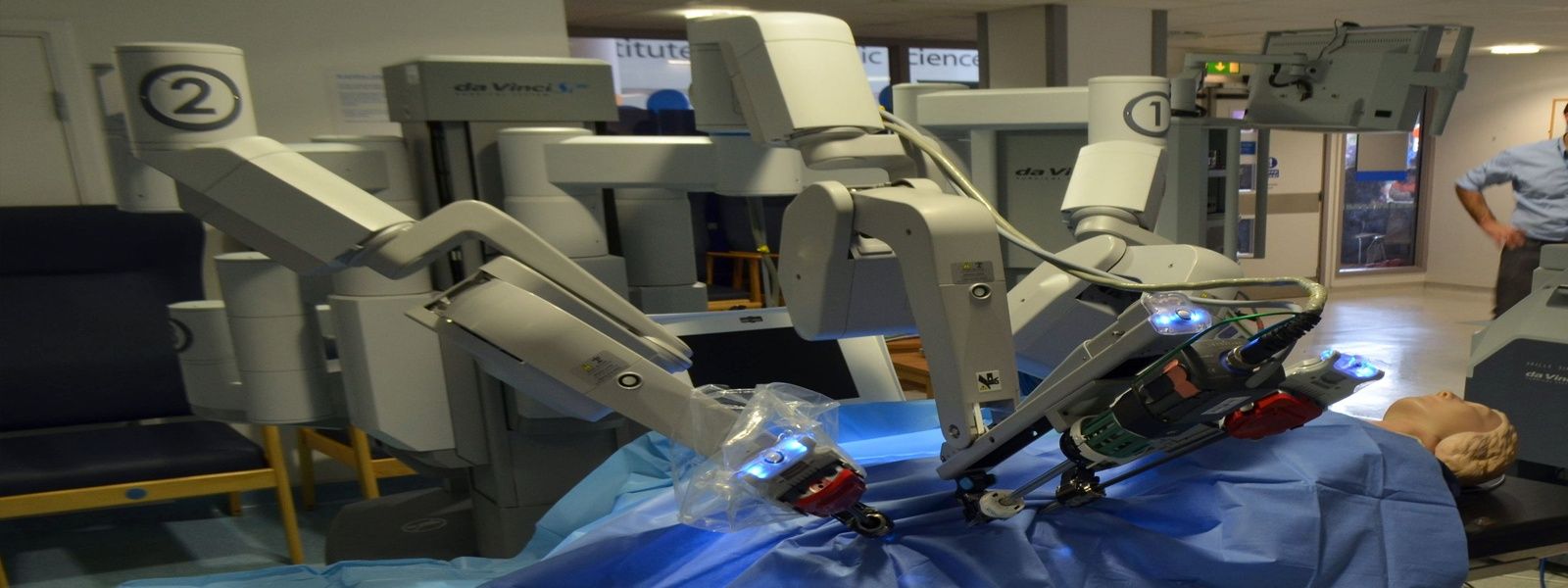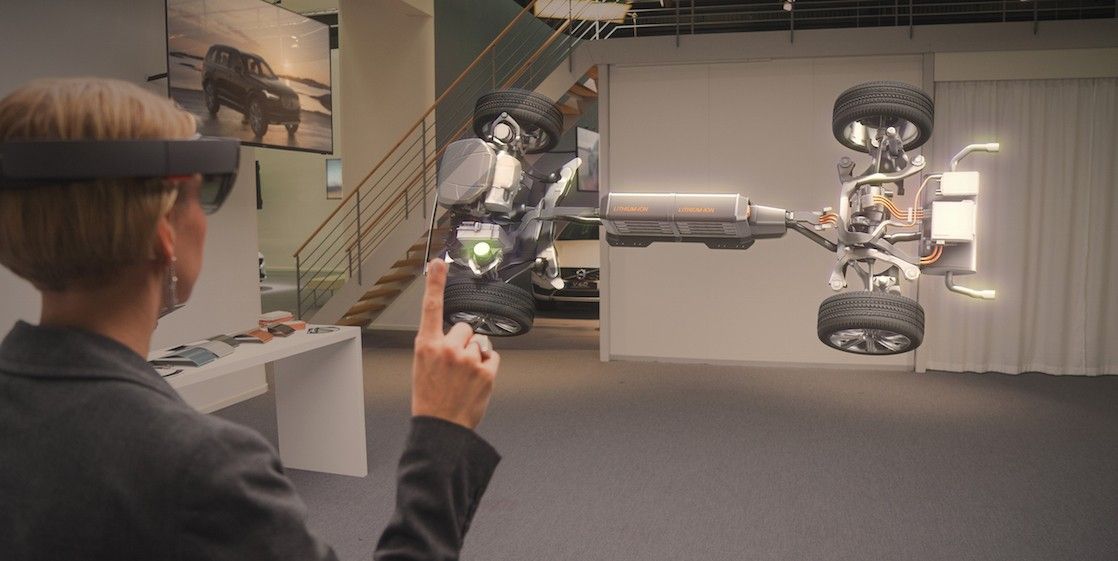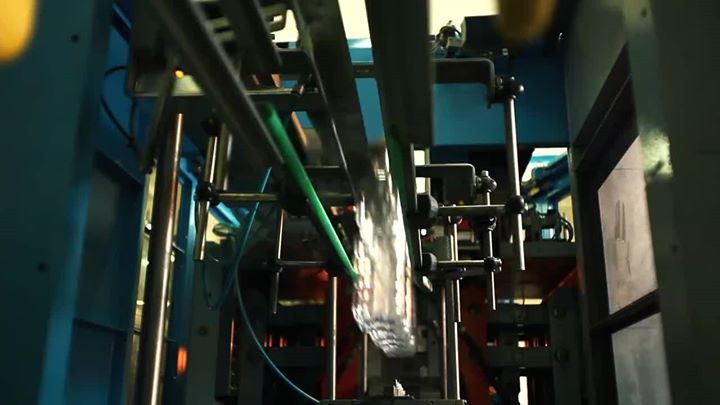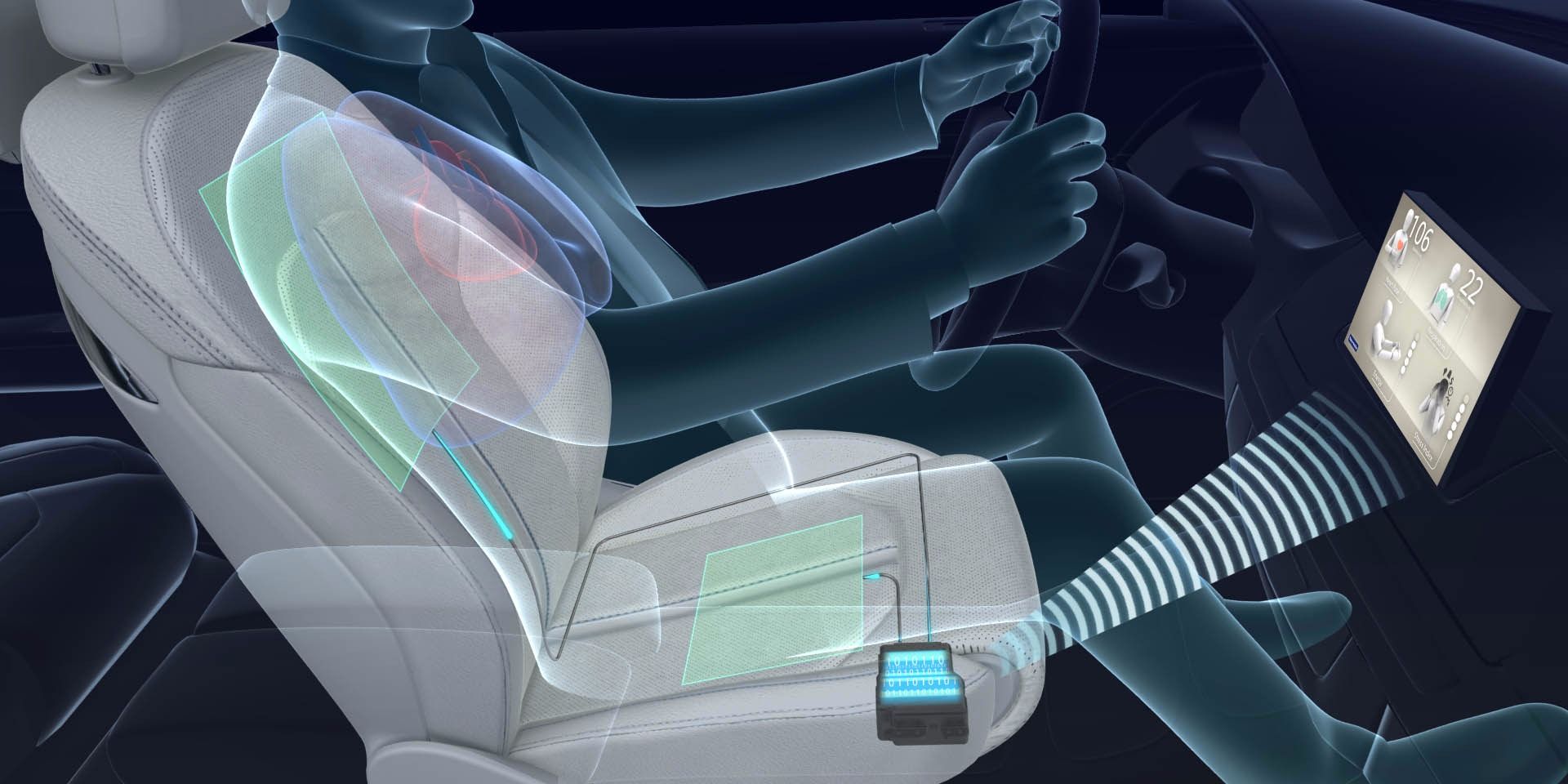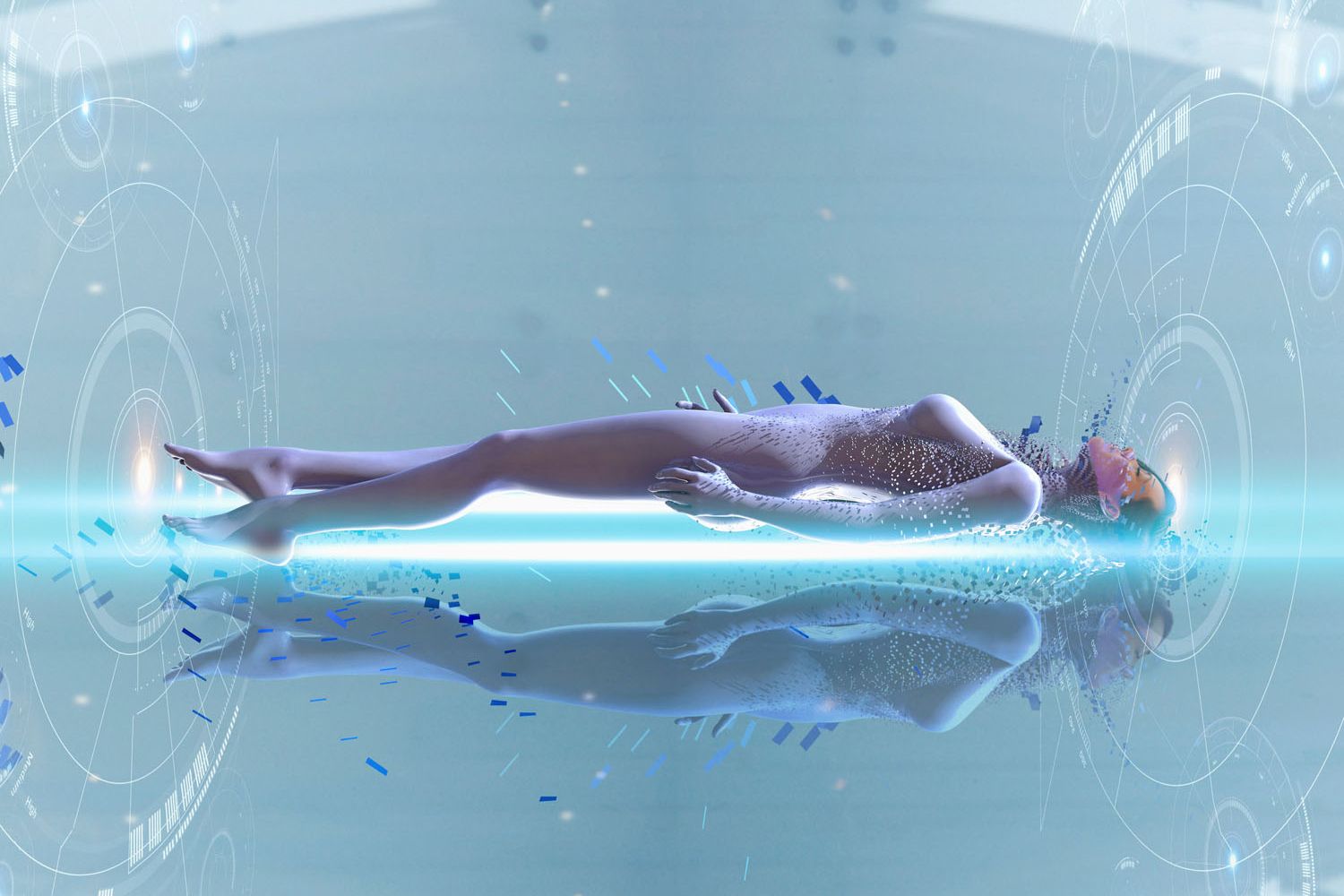Nov 20, 2015
Medical robots – the future of surgery?
Posted by Julius Garcia in categories: biotech/medical, business, robotics/AI
For some people the idea of being operated on by a robot might sound horrifying, particularly if there isn’t even a doctor in the room to check that everything is running smoothly. Surgery is in any case a risky business that few would undertake willingly if it wasn’t absolutely necessary, and it seems unlikely that the spectacle of an enormous machine with mechanical arms attached to surgical scalpels would reassure anyone about having to undergo an operation. However, the use of robotic surgery has spread rapidly in recent years and for some types of operations it is becoming the standard. While there is a lot of controversy surrounding the topic, many doctors see surgical robots as a vital tool to provide better medical care and lower the risks associated with surgery.
History of robotic surgery
The roots of robotic surgery go back to the mid-1980s, when a robotic surgical arm was first used to perform a neurosurgical biopsy. Two years later, the first robot-assisted laparoscopic (i.e. keyhole) operation was conducted, a cholecystectomy. The following years saw continued advances in the area of robotic surgery, which was used for a growing range of surgical procedures. One of the earliest robotic surgical systems to enter into general use was the ROBODOC system, which came on the market in the early 1990s and allowed surgeons conducting hip replacements to mill the femur with more precision that would have been conventionally possible.
